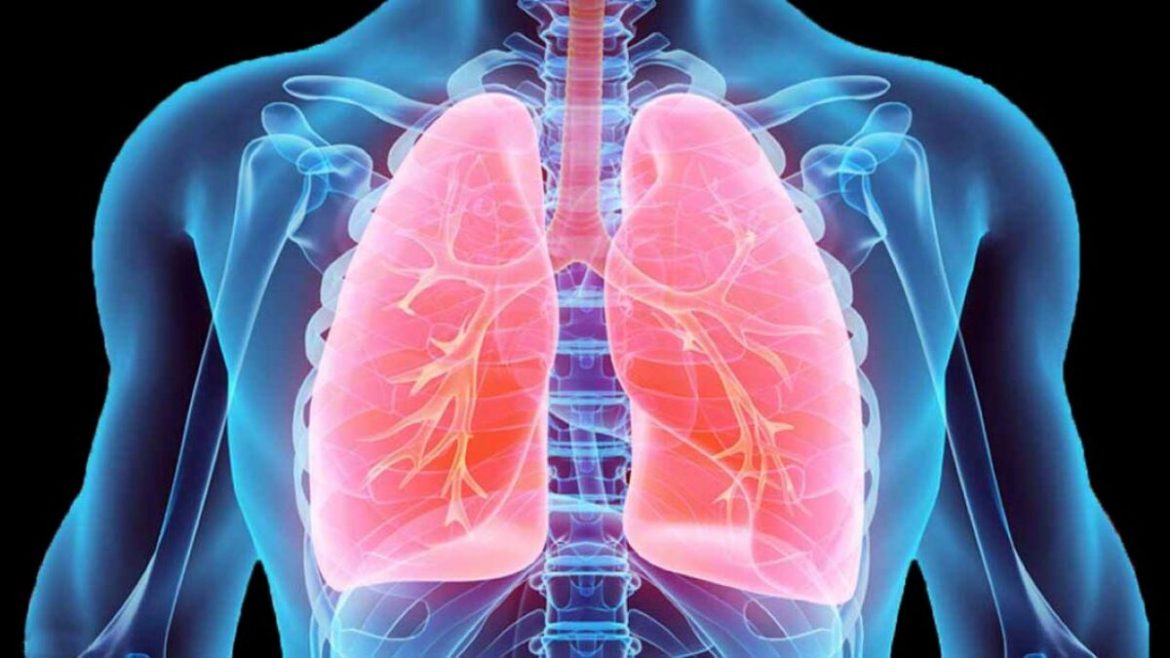Lung function depends on the right balance of specialised epithelial cells, which cover the body’s surfaces and coordinate biological functions to maintain homeostasis. One important kind of lung cell is the goblet cell, which secretes mucus to protect the lining of the bronchus (the main air tubes of the lung) and trap bacteria. Although it is unknown what signals lead to this imbalance, goblet cells are typically increased in lung illnesses.
Researchers have recently identified a fresh set of signals that regulate the generation of goblet cells in the lung, according a study published in the journal “Cell Reports.”
According to corresponding author Bob (Xaralabos) Varelas, PhD, associate professor of biochemistry at Boston University School of Medicine, “by changing the proteins that control these signals we are able to either increase or decrease the production of goblet cells, offering potential new avenues for therapeutically targeting goblet cells in lung disease.” The scientists employed an experimental model with genetic deletions in the Yap and Taz genes, which produce proteins that regulate a crucial signalling network in the lung. When they compared the genetic deletion model to a “control” animal, they discovered that the Yap/Taz deletion model had significantly worse lung damage and a higher number of goblet cells, which were linked to higher mucin production.
The researchers extracted cells from the experimental model and human lungs and grew them in the lab to better understand how loss of Yap/Taz resulted in elevated goblet cell counts. They next utilised investigations of chromatin binding and gene expression to determine how these proteins regulate a network of genes crucial for mucus formation. Finally, they tested goblet cell differentiation and mucus production inhibitors in the lab using these cells.
The researchers claim that a number of lung conditions, including asthma, COPD, cystic fibrosis, and chronic bronchitis, show an enlargement of goblet cells.
“By discovering novel regulators of goblet cell formation, we provide insight into potential processes underlying these disorders. We can stop the creation and upkeep of tumours by focusing on these signals. “By identifying new regulators of goblet cell production, we offer insight into mechanisms that may contribute to these diseases. By targeting these signals we can repress the production and maintenance of goblet cells and therefore may offer therapeutic directions for limiting the expansion of these cells in lung disease,” said Varelas.





